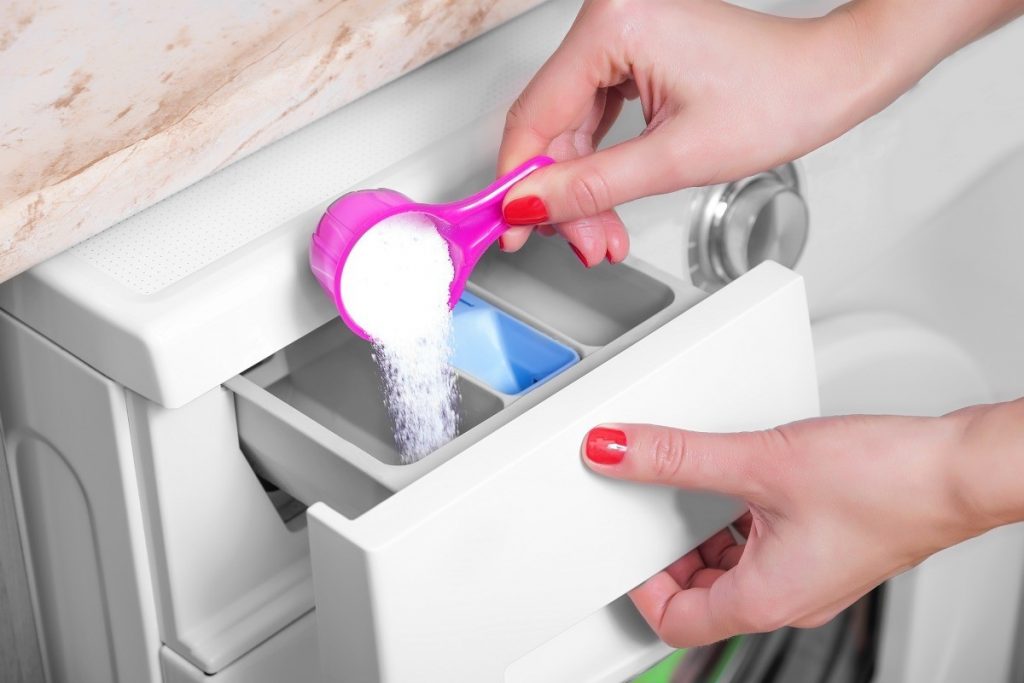5 Things You Need to Know About Home Use Product Testing


Home use product testing is an excellent way to develop critical insights about how a product will perform once it hits store shelves. In some cases, it can even revive a failing product by allowing manufacturers to better understand how customers interact with it.
However, there are still a lot of misconceptions and confusion surrounding home use product testing – especially regarding how it’s conducted. So, with that in mind, here are five things you need to know about home use product testing.
It’s important to understand that these tests are not conducted in neutral settings or “mocked-up” homes. These are real people testing products in real homes – giving manufacturers a much better idea of how their products will actually perform once they’re “out in the wild.”
It removes the guessing game and allows manufacturers to get an accurate idea of how their products will fare in terms of customer satisfaction.
Rather than testing in sterile, laboratory conditions, home use product testing provides a more accurate picture of how customers will interact with a product in their own homes. This is critical information for any manufacturer, as it can help them determine whether a product is ready for release or if there are still some kinks that need to be worked out.
There’s no such thing as bad feedback when testing in a home-based environment. In fact, consecutive negative feedback is every bit, if not more, valuable than positive feedback.
While it may be painful to hear that your product isn’t performing as well as you’d hoped, this type of feedback is essential for making the necessary adjustments to ensure that the final product is up to scratch.
On the other hand, a string of positive feedback can be just as valuable. For instance, it can help validate your decision-making and give you the confidence to move forward with a product.
The type of feedback and data you collect during a home use product test is entirely up to you. There is a common misconception that in-home testing revolves around surveys. However, while surveys are certainly an option, they are by no means the only method of collecting feedback.
Some manufacturers prefer to collect qualitative data through interviews or after-test focus groups. Others opt for a more quantitative approach, using sensors or trackers to collect data points on everything, from how often a product is used to how long it takes to complete a task.
The bottom line is that the data you collect during a home use product test can (and should) be tailored to your specific needs and objectives.
There’s no requirement to have your branded products tested in a home use product test. In fact, some manufacturers choose to have their products tested “blind,” meaning that customers are unaware that they are testing a particular brand.
The advantage of conducting a blind home use test is that it allows you to collect unbiased feedback about your product’s performance relative to its competitors. This can be incredibly valuable information, as it can help you to identify your product’s strengths and weaknesses.
On the other hand, some manufacturers choose to brand their products during home use testing, allowing them to not only collect feedback about the product itself but also about the customer’s experience with, and perceptions of, the brand.
As is the case with most consumer research methods, home use product testing still allows companies to select their target demographic.
For example, a company may be interested in testing its new cleaning product with stay-at-home mothers. In this case, the company would work with a home use product testing company to identify and recruit women who fit this particular demographic.
Experienced and long-established companies such as Wirral Sensory Services have developed an extensive pool of reliable participants from diverse backgrounds, making it easy to target specific demographics.